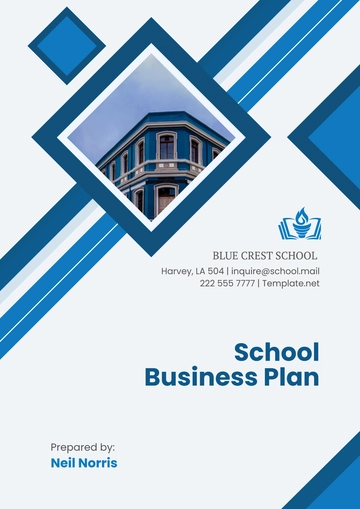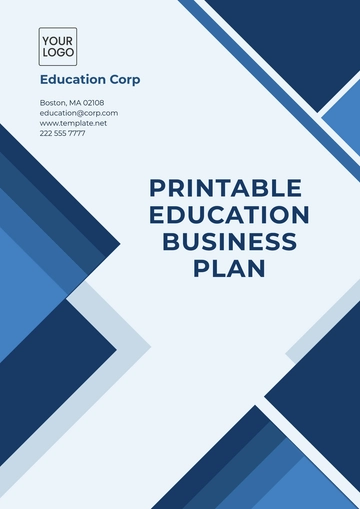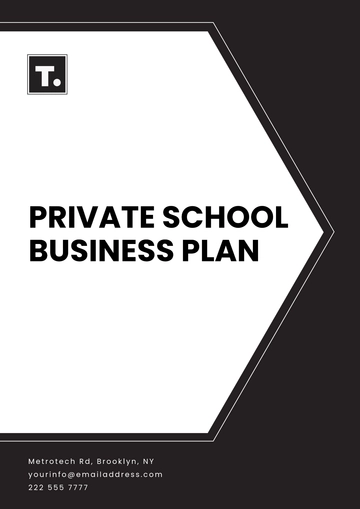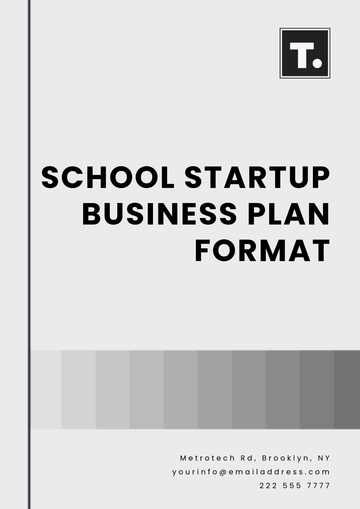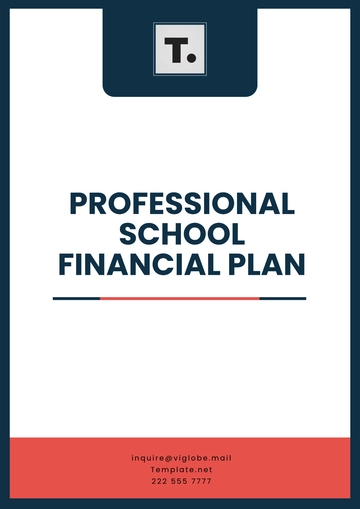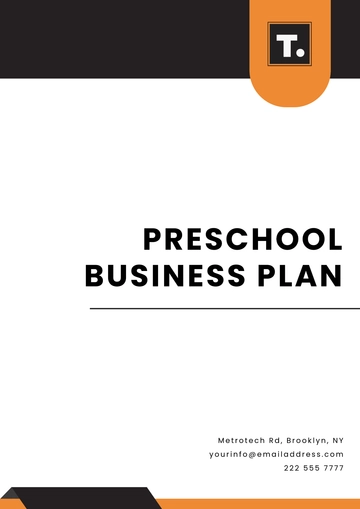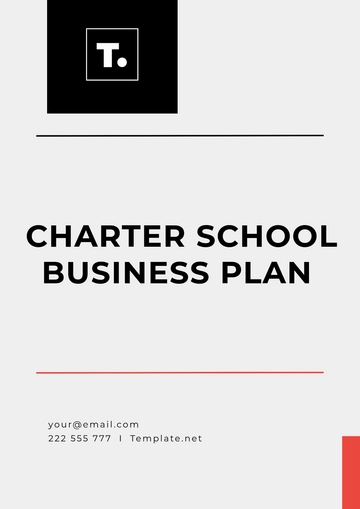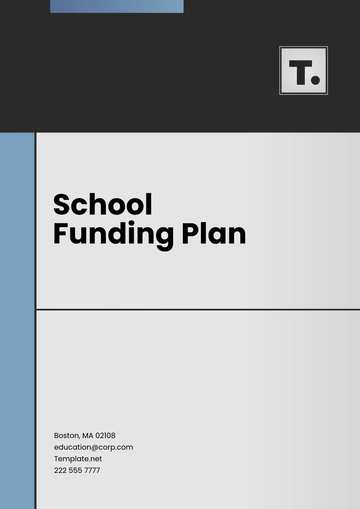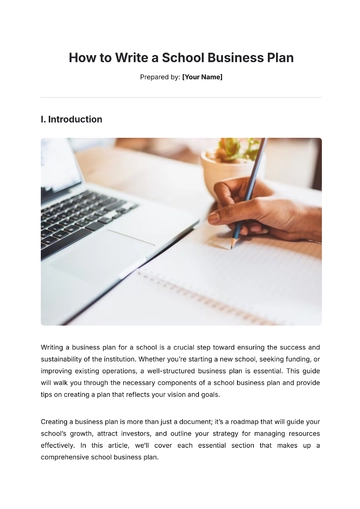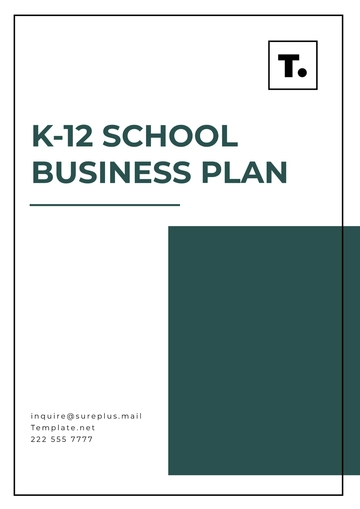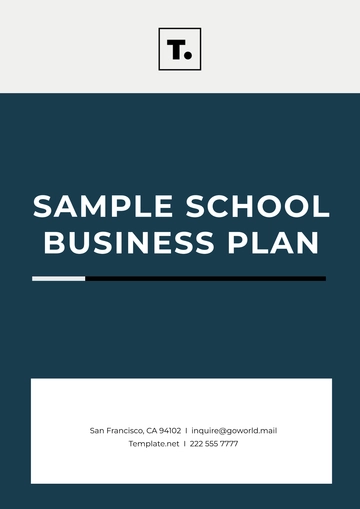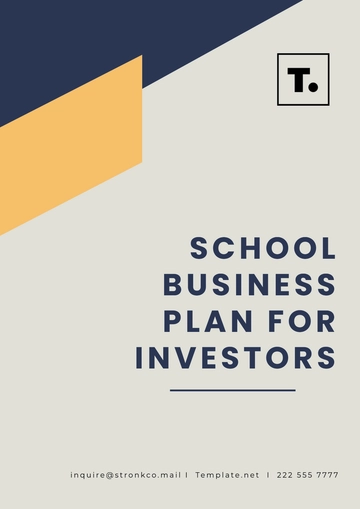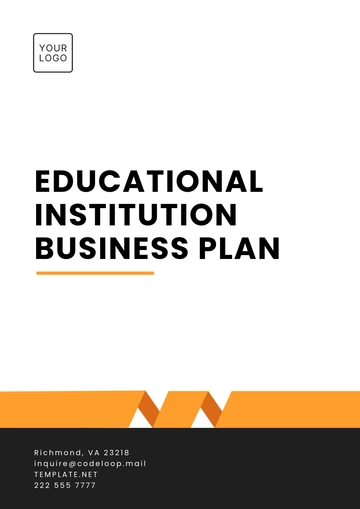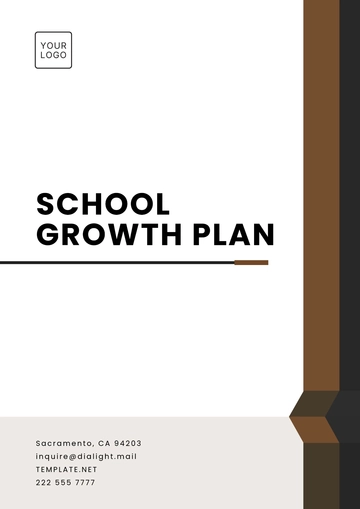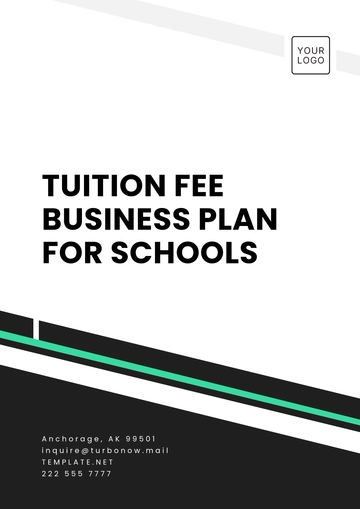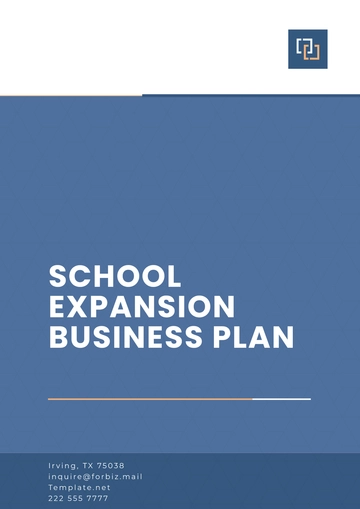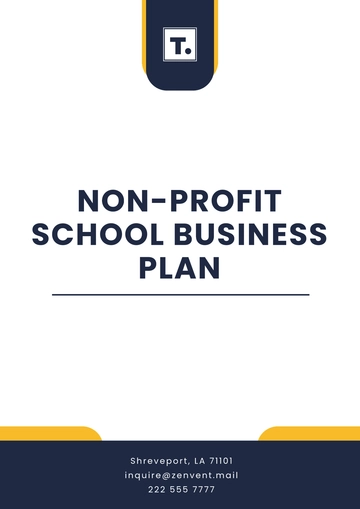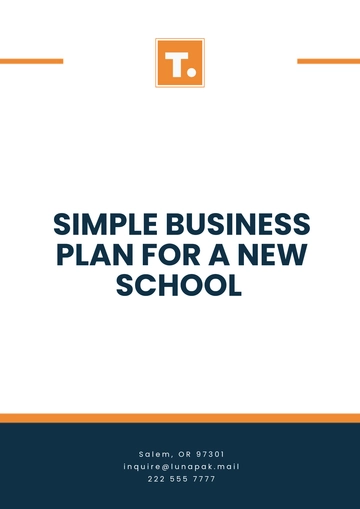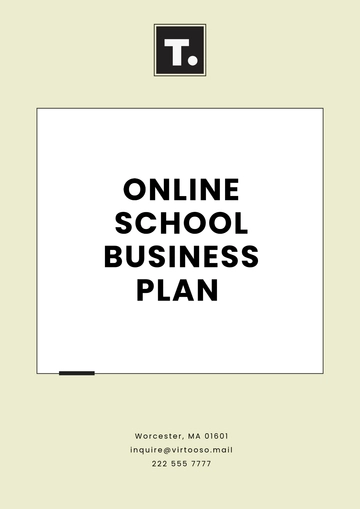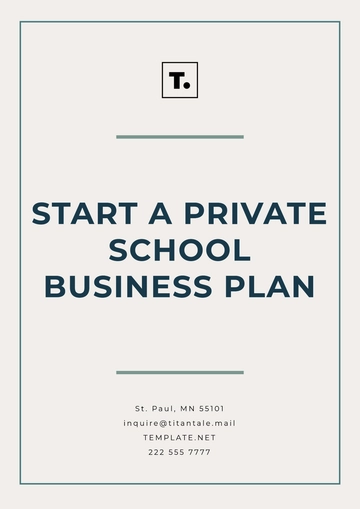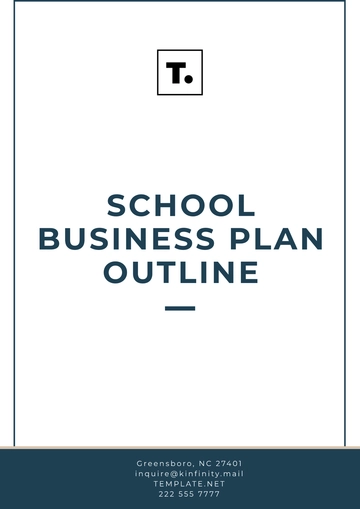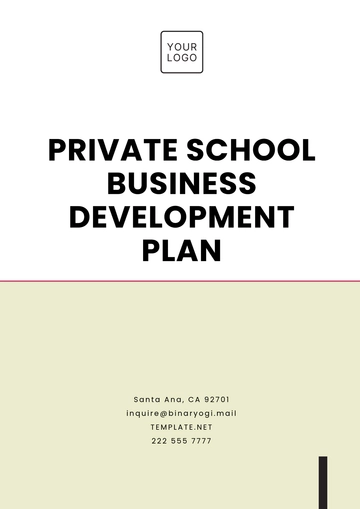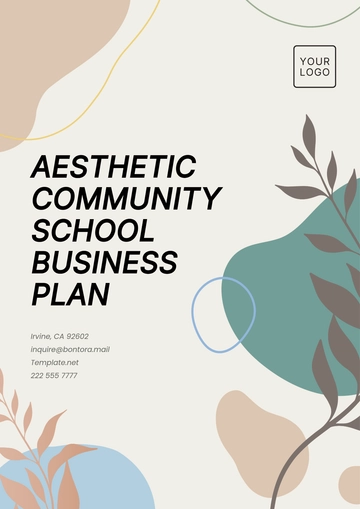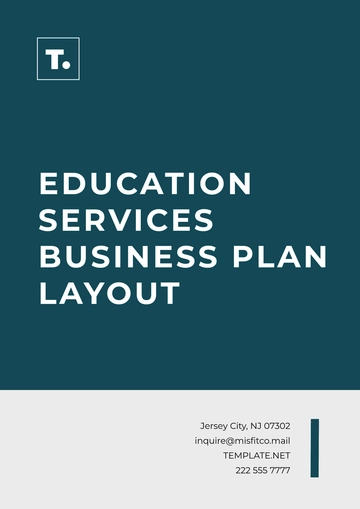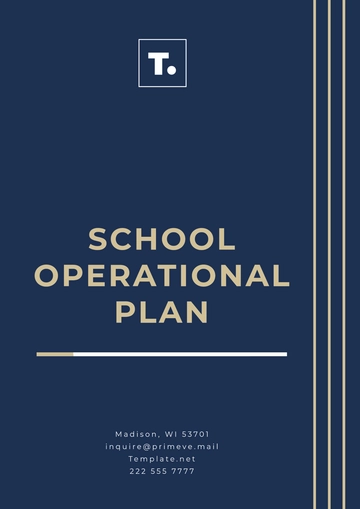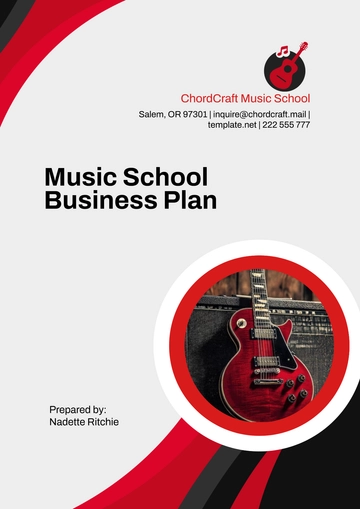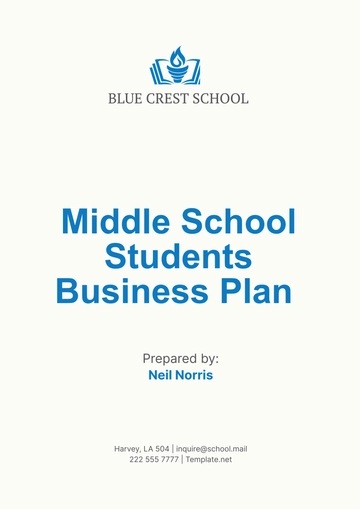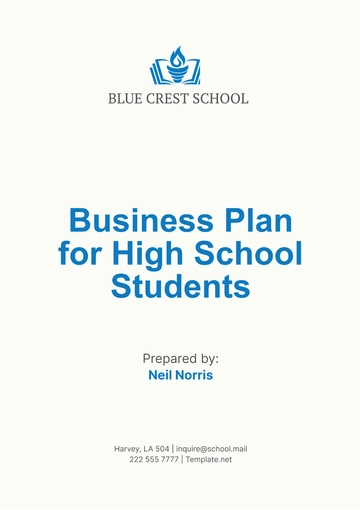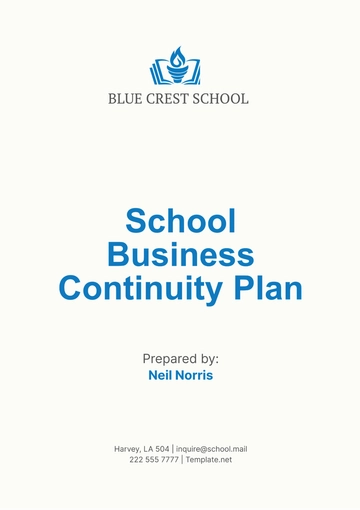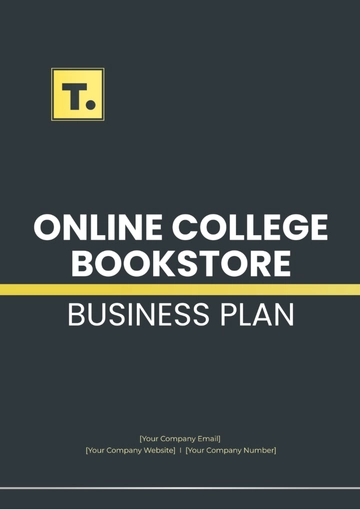Free Aesthetic Community School Business Plan
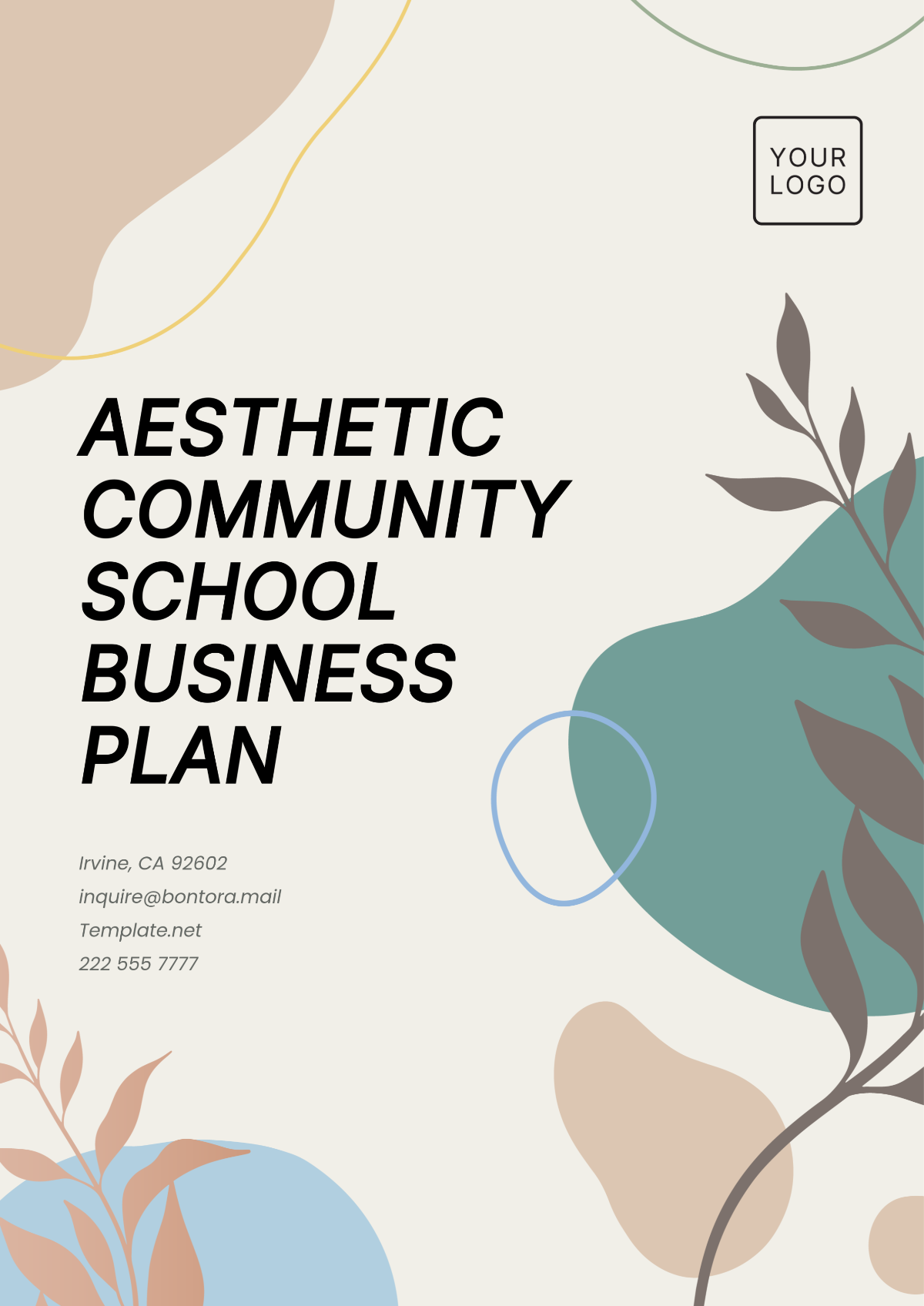
1. Executive Summary
School Name: [Your Company Name]
Location: [Your Company Address]
Mission Statement: [Your Company Name] is committed to fostering a generation of creative thinkers, compassionate leaders, and environmentally-conscious citizens. We provide a dynamic learning environment that blends personalized education with cutting-edge technology, preparing students for the challenges of the future.
Vision Statement: To be a global leader in innovative education, inspiring students to excel academically, socially, and emotionally in a rapidly changing world.
Business Overview: [Your Company Name] will open its doors in 2050, offering an integrated curriculum that merges traditional learning with the latest in digital and experiential education. Our school will serve children from 4 to 18 years of age, focusing on sustainability, global citizenship, and critical thinking.
2. School Description
Type of School: Independent Private School (International Curriculum)
Grade Levels Offered: Pre-K to Grade 12
Student Enrollment Goals: We aim to enroll 300 students in the first year, with an expected growth of 15% annually, reaching 500 students by 2055.
Educational Approach: [Your Company Name] will use a hybrid model of teaching, integrating AI-driven personalized learning with project-based and experiential learning approaches. We will focus on STEAM (Science, Technology, Engineering, Arts, Mathematics), environmental stewardship, and global citizenship.
Core Values:
Innovation: Embracing the latest technological advancements and learning methods.
Sustainability: Promoting eco-friendly practices both in the classroom and in the community.
Collaboration: Encouraging teamwork among students, teachers, and families.
3. Market Analysis
Target Market:
Demographics: Families residing in New Horizons City and surrounding areas with children aged 4-18, primarily professionals, entrepreneurs, and tech-savvy individuals.
Socioeconomic: Middle to high-income families, with a strong focus on forward-thinking and global perspectives.
Competitor Analysis: There are five established schools in the region, but [Your Company Name] stands out by offering an interdisciplinary curriculum that emphasizes sustainability, technology integration, and global issues.
Market Needs:
The need for future-focused education that prepares students for careers in AI, environmental sciences, and international collaboration.
Demand for schools that integrate well-being, mental health support, and digital literacy into everyday learning.
4. Services Offered
Academic Programs:
Core subjects: Math, English Language Arts, Science, Social Studies, and Ethics
Specialized Programs: Advanced Robotics, Environmental Science, Global Languages (Mandarin, Spanish, Arabic), Art & Digital Media, Quantum Computing for High School Students
After-school programs: Coding club, Eco-friendly projects, Music and Theater, Robotics, Sustainability workshops
Special Services:
AI-Based Learning Support: Personalized tutoring via AI assistants that help students learn at their own pace.
Global Citizenship Program: Exchange programs with partner schools in over 15 countries.
Wellness and Counseling: On-site mental health professionals and well-being programs integrated into daily activities.
5. Marketing Strategy
Branding:
[Your Company Name] will focus on its reputation as an innovative, future-oriented institution. The school’s branding will include a futuristic logo, a website with AI-driven content, and virtual reality tours for prospective families.
Marketing Channels:
Social Media: Profiles on emerging platforms, including virtual and augmented reality channels, to showcase student work, events, and campus life.
Digital Campaigns: Targeted ads on social media, local tech forums, and global education websites.
Partnerships: Collaborate with tech companies, environmental organizations, and international educational bodies to enhance curriculum offerings.
Open Houses: Virtual and physical open houses will feature interactive presentations of our unique curriculum, student projects, and future-ready learning spaces.
Enrollment Process:
Online application with a virtual interview process for both parents and students to ensure alignment with our school’s philosophy and educational goals.
6. Management and Organizational Structure
Board of Directors:
Sarah Adams – Chairperson, Tech Entrepreneur
Mark Greenfield – Environmental Scientist
Priya Mehta – Education Specialist
Dr. James Lin – International Relations Expert
Leadership Team:
Principal: Emily Rodriguez, M.Ed. – Responsible for overseeing school operations, curriculum development, and staff management.
Vice Principal: Chris Tan, PhD – In charge of student affairs, learning support, and global outreach programs.
Chief Technology Officer (CTO): Aisha Nunez – Leads the integration of AI and other cutting-edge technologies into the classroom.
Head of Sustainability: Omar Al-Rashid – Ensures that sustainability practices are embedded into all school operations and curriculum.
7. Financial Plan
Start-up Costs:
Estimated at $5 million for property acquisition, state-of-the-art classrooms, AI learning systems, and green building infrastructure.
Revenue Sources:
Tuition: $15,000 per student per year (with flexible payment options for families).
Grants and Donations: Application for international educational grants and local fundraising campaigns.
Partnerships: Collaboration with tech companies and global organizations to fund research and curriculum development.
Projected Financials:
Year 1 (2050): Revenue: $4.5 million, Expenses: $3.8 million, Profit: $700,000
Year 2 (2051): Revenue: $5.2 million, Expenses: $4.1 million, Profit: $1.1 million
Year 3 (2052): Revenue: $6.0 million, Expenses: $4.5 million, Profit: $1.5 million
Cash Flow: Positive cash flow is expected from Year 1, with surplus funds being reinvested into technological upgrades and campus expansion.
8. Facilities and Equipment
Location: [Your Company Name] will be located in the tech hub of New Horizons City, easily accessible via public transit and surrounded by eco-friendly businesses and parks.
Facility Requirements:
Classrooms: 20 classrooms equipped with smart boards, AI-driven educational tools, and flexible seating arrangements.
Sustainability Lab: A dedicated space for hands-on environmental science experiments, solar power initiatives, and vertical farming.
Innovation Hub: A tech center for coding, robotics, and virtual reality learning.
Outdoor Areas: Eco-friendly playgrounds, green roofs, and an organic garden for student projects.
9. Operations Plan
School Calendar:
Start Date: September 5, 2050
End Date: June 15, 2051
Holidays: Winter Break (Dec 20–Jan 2), Spring Break (March 15–19), and Summer Break (June 15–Sept 5)
School Hours:
Monday to Friday, 8:00 AM to 3:30 PM
After-school programs run from 3:45 PM to 6:00 PM
Staffing Plan: [Your Company Name] will hire qualified educators with expertise in innovative teaching methods, sustainability practices, and global perspectives. We plan to employ a team of 40 staff members, including 30 teachers, 5 counselors, and 5 support staff.
10. Risk Management
Potential Risks:
Economic downturns may affect enrollment and tuition payments.
Technological disruptions that may impact AI and educational tools.
Regulatory changes that could affect curriculum or accreditation standards.
Mitigation Strategies:
Establish financial reserves to weather economic fluctuations.
Continuously invest in training and updating technology infrastructure.
Maintain strong relationships with educational bodies to stay ahead of regulatory changes.
- 100% Customizable, free editor
- Access 1 Million+ Templates, photo’s & graphics
- Download or share as a template
- Click and replace photos, graphics, text, backgrounds
- Resize, crop, AI write & more
- Access advanced editor
Enhance your planning with Template.net’s Aesthetic Community School Business Plan Template. Customizable and editable, it highlights goals, community engagement, and financial strategies. Editable in our AI Editor Tool, it ensures a polished presentation. Download now to create your impactful school plan.
You may also like
- One Page Business Plan
- Coffee Shop Business Plan
- Restaurant Business Plan
- Food Business Plan
- Real Estate Business Plan
- Executive Summary Business Plan
- Cover Page Business Plan
- Nonprofit Business Plan
- Daycare Business Plan
- Construction Business Plan
- Startup Business Plan
- Medical Business Plan
- Bakery Business Plan
- Service Plan
- Hotel Business Plan
- Catering Business Plan
- School Business Plan
- Healthcare Business Plan
- Transportation Plan
- Sports Plan
- Car Wash Business Plan
- Salon Business Plan
- Clothing Business Plan
- Farming Business Plan
- Boutique Plan
